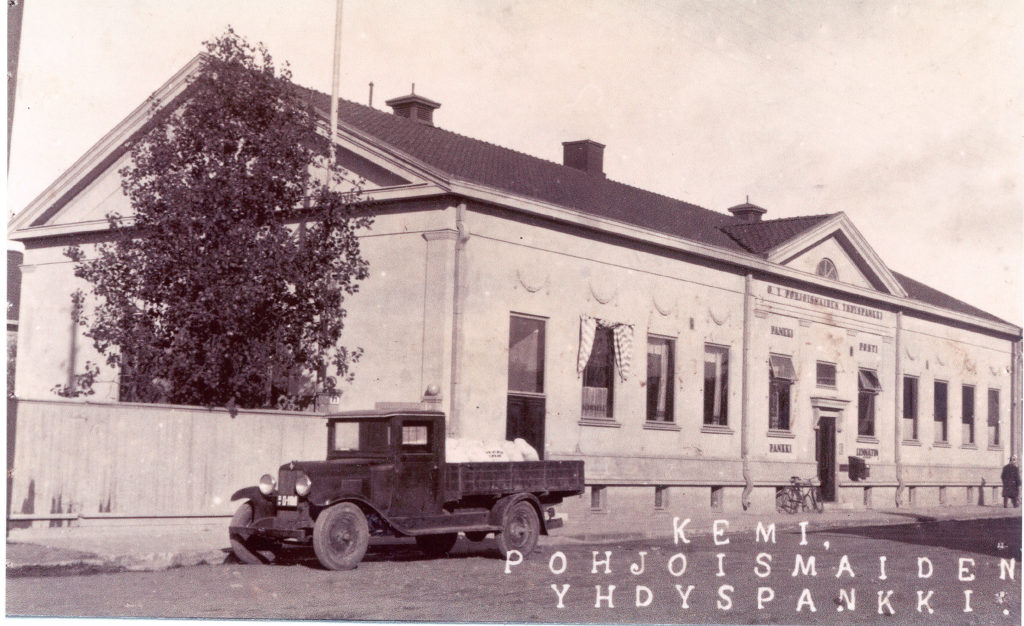Kemi Architecture
- Grid Plan
- Vocational School
- Inakari
- Kansallis-Osake-Pankki bank
- Kemin Pirtti
- Central School
- Kemi Church
- Leipätehdas (‘bread factory´)
- Kemi Lyseum
- Merihovi
- Kemi Cooperative Store
- Penttilä House
- Park Pavilion
- Railway Station
- Hospital
- Customs Office
- Kemi Girls’ Lyseum
- Community Hall
- Nordic Union Bank of Kemi
Grid Plan
The centre of Kemi follows a grid pattern typical of mid-19th century urban planning. The first town plan was approved as early as 1859, in other words ten years before the town was founded.
The oldest wooden buildings date from the second half of the 19th century and the first stone houses were built in the early 20th century. The city has numerous houses representing 1920s classicism as well as functionalist buildings from the following decade. The first apartment buildings for residential use were built in the 1950s.
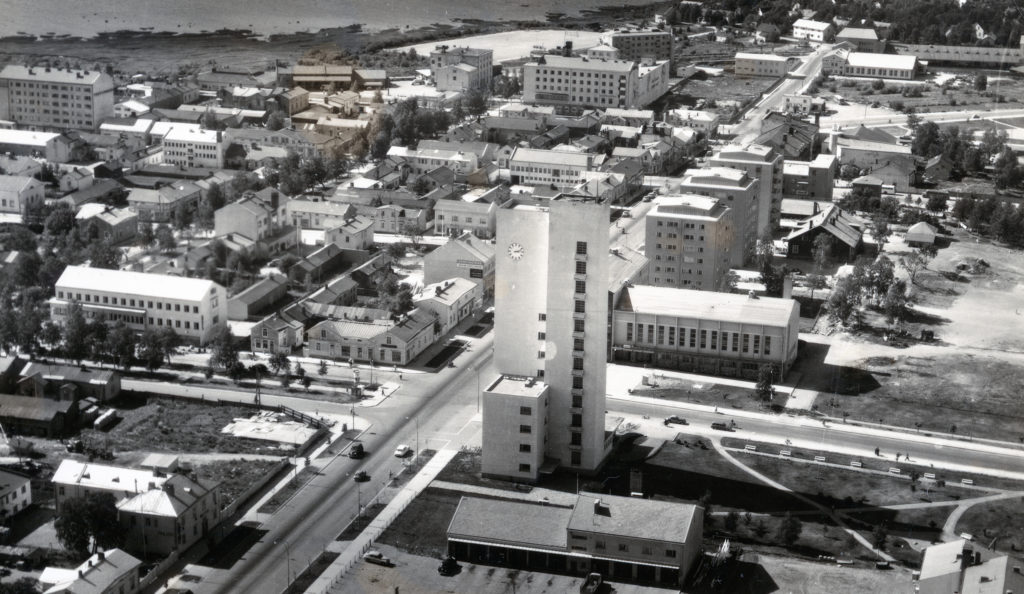
Vocational School
The former vocational school of Kemi, which was used as a school from 1939 to 1964. Architect O. The building was designed by J. A. Viljanen and it was completed in August 1939. It stands on the corner of Kirkkopuistokatu and Meripuistokatu. The vocational school was built entirely by Kemi residents.
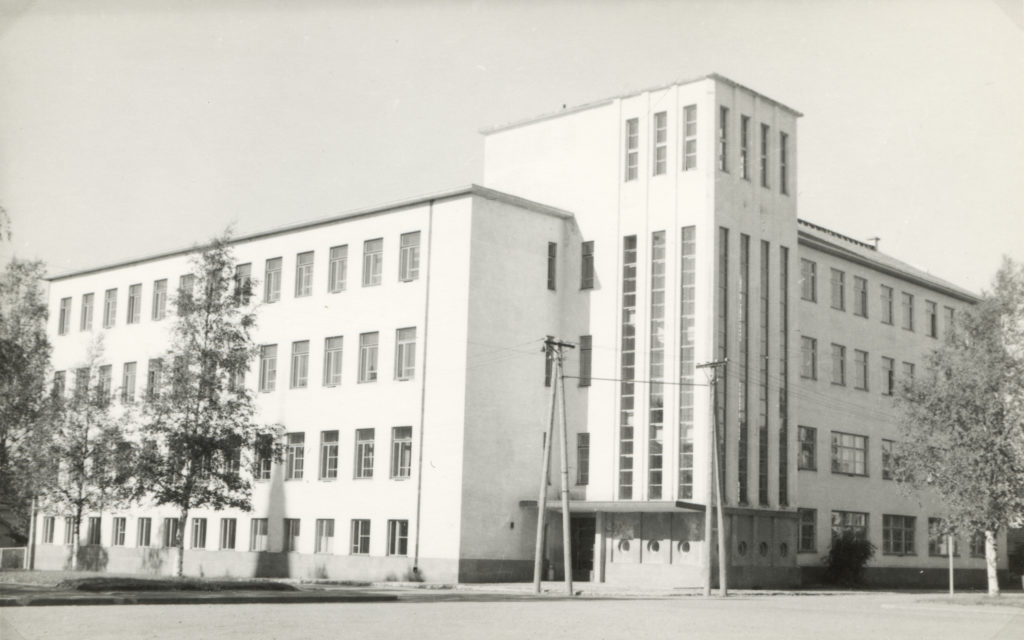
Inakari
Asunto Oy Inakari was the first modern apartment building in Kemi. A handsome construction with white plastered walls, at the time, Inakari represented cutting-edge architecture. The building had central heating, running water and indoor toilets. In the basement there was a common sauna and laundry room. The apartments included a telephone line and wood stove. The building was finally completed in early 1946.
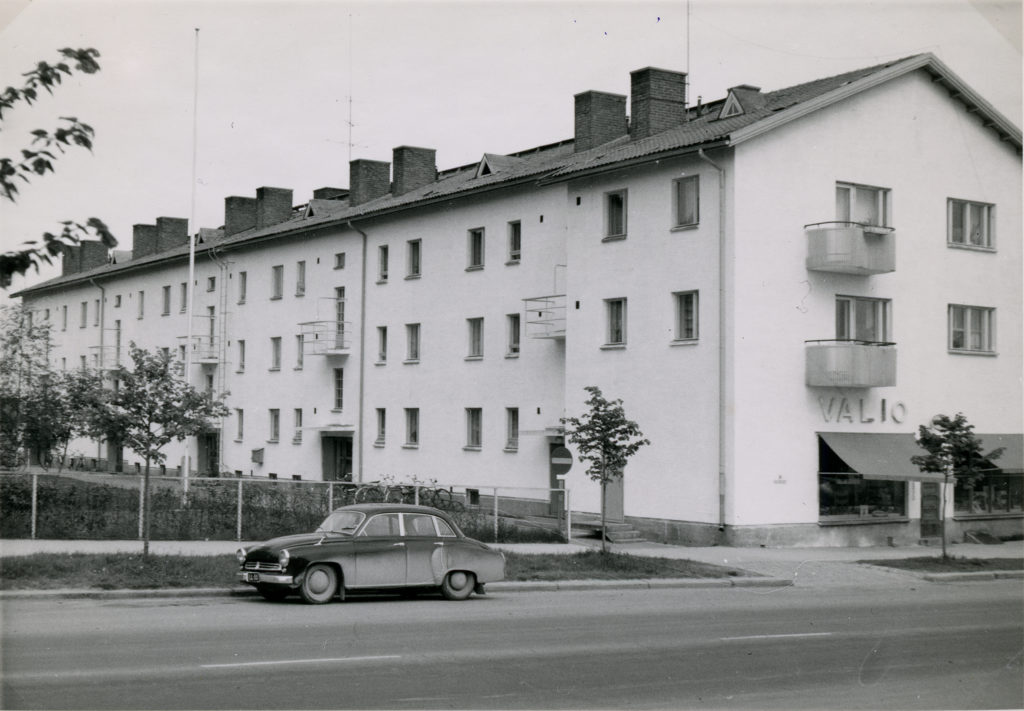
Kansallis-Osake-Pankki bank
Kemi’s Kansallis-Osake-Pankki bank building is located on Kauppakatu (Pakkahuoneenkatu) next to the market square. The building was inaugurated in 1934. Renovations were carried out at some point and the building became flat-roofed. Over time, the building has housed both an alcohol store and maternity ward.
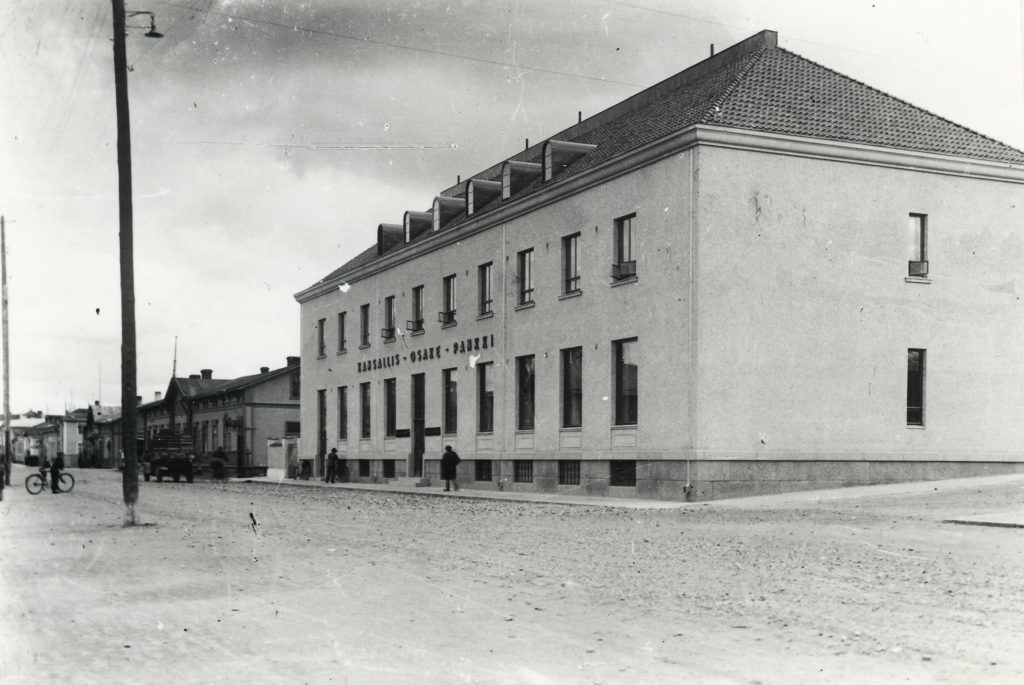
Kemin Pirtti
The Kemin Pirtti building was officially inaugurated on October 30, 1927. Kemin Pirtti is a two-storey brick building with central heating and water pipes. Architecturally it represents 1920s classicism. When it was built, it was considered a modern construction with its electricity, water pipes and central heating. However, at the time the town did not yet have a water supply network.
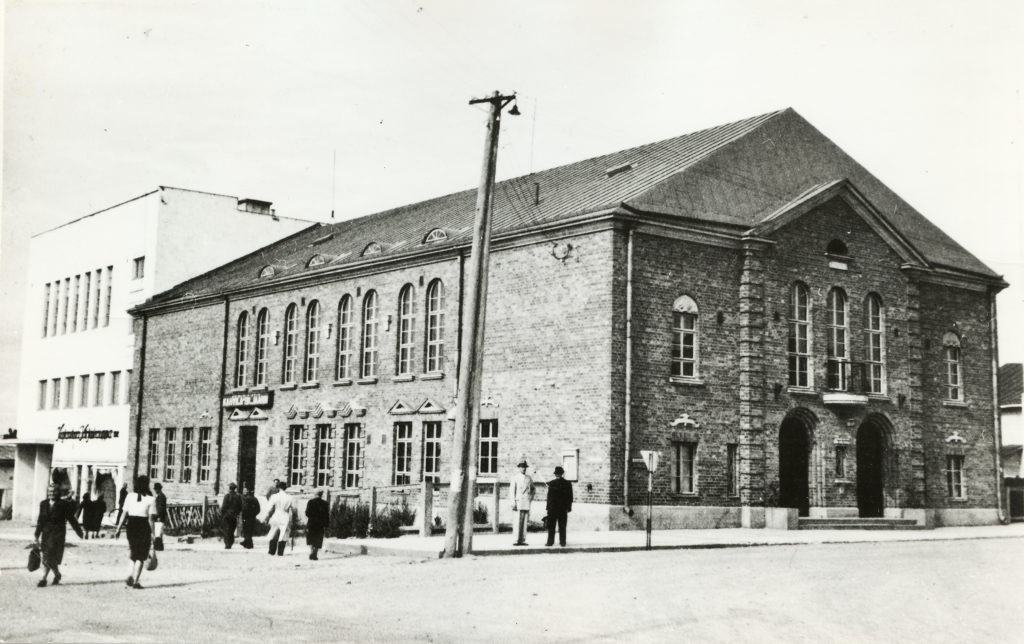
Central School
Sauvosaari Elementary School (later called Kemi Central School, and now Sauvosaari School) was designed by Toivo Salervo. The building was completed in 1936. Salervo also designed Ritikka School (1921) and Pajusaari School (1930), both located in Kemi.
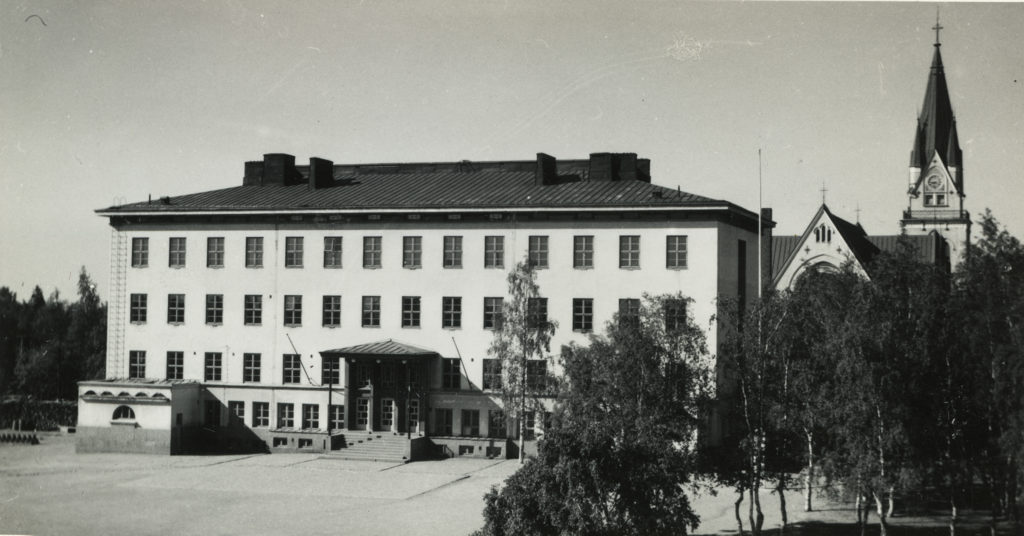
Kemi Church
Kemi Church, designed by architect Josef Stenbäck, was completed in 1902. It is a tall brick church with two aisles. Its architecture was influenced by the continental neo-Gothic style. The influence of this style is particularly visible in the magnificent round window above the main entrance and the large windows of the altar wall. Gothic influences are also visible in the church tower, small towers and the roof.
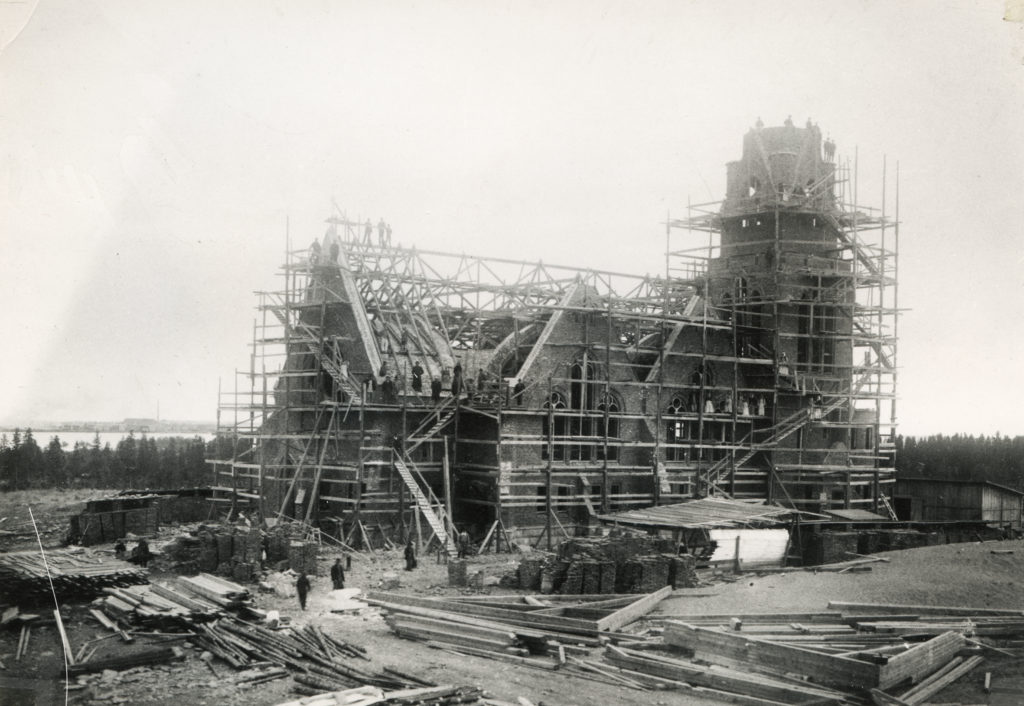
Leipätehdas (‘bread factory’)
Built in 1897, Leipätehdas was the first brick building in Kemi. The project was commissioned by Adolf Nordberg and the building was originally destined to be a flour warehouse. It served as Kemi’s bread factory from 1916 to 1931, and later as a meat inspection post, a cooperative sausage factory and central warehouse, as well as a local store of the Elanto cooperative in the late 1960s. The factory was designed by the provincial architect Wilhelm A. Tötterström. Its architectural style is unique in northern Finland.
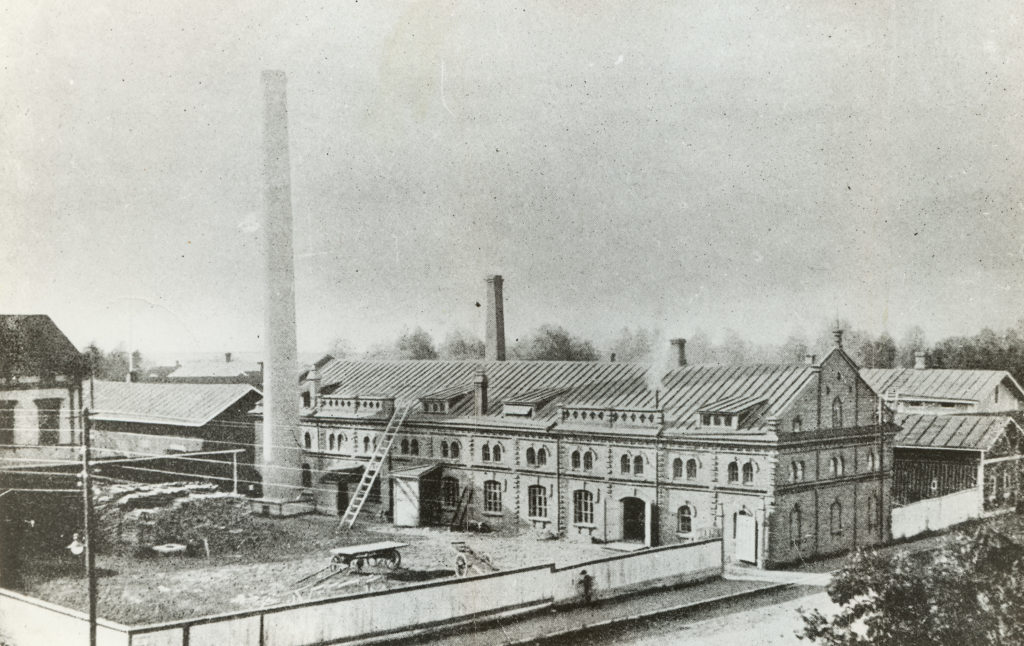
Kemi Lyceum
Kemi Finnish Lyceum (currently Kemi Lyceum). The lyceum building was completed in 1930. The school building was designed by Hjalmar Åberg, architect of the Board of Public Buildings.
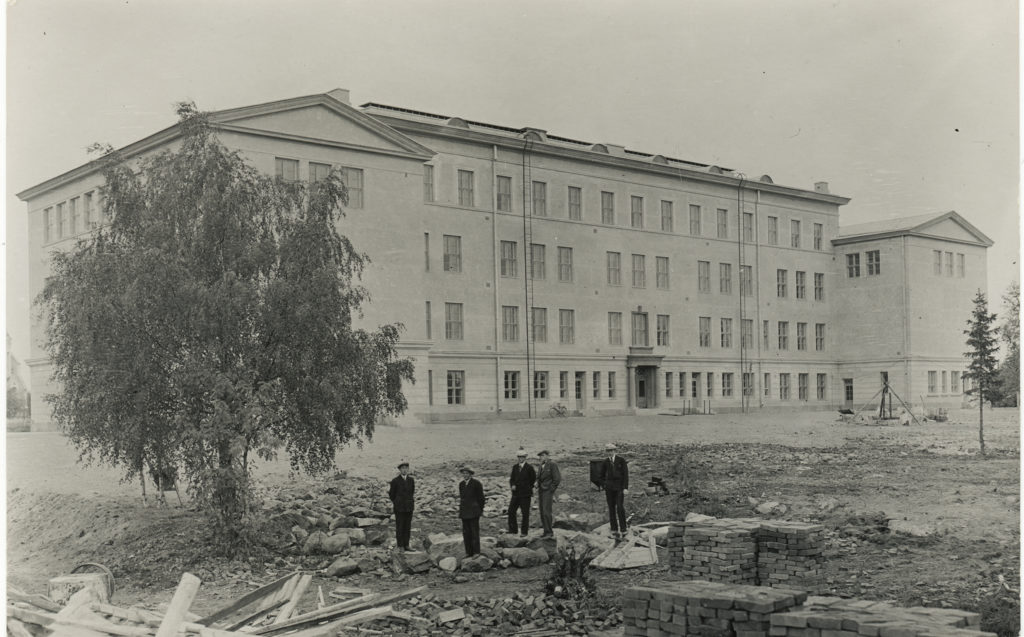
Merihovi
Hotel Merihovi at Keskuspuistokatu was opened in April 1949. Kemi’s first electric sauna was in Merihovi. The hotel has 42 rooms. There is a people’s kitchen on the bottom floor called Ankkuri.
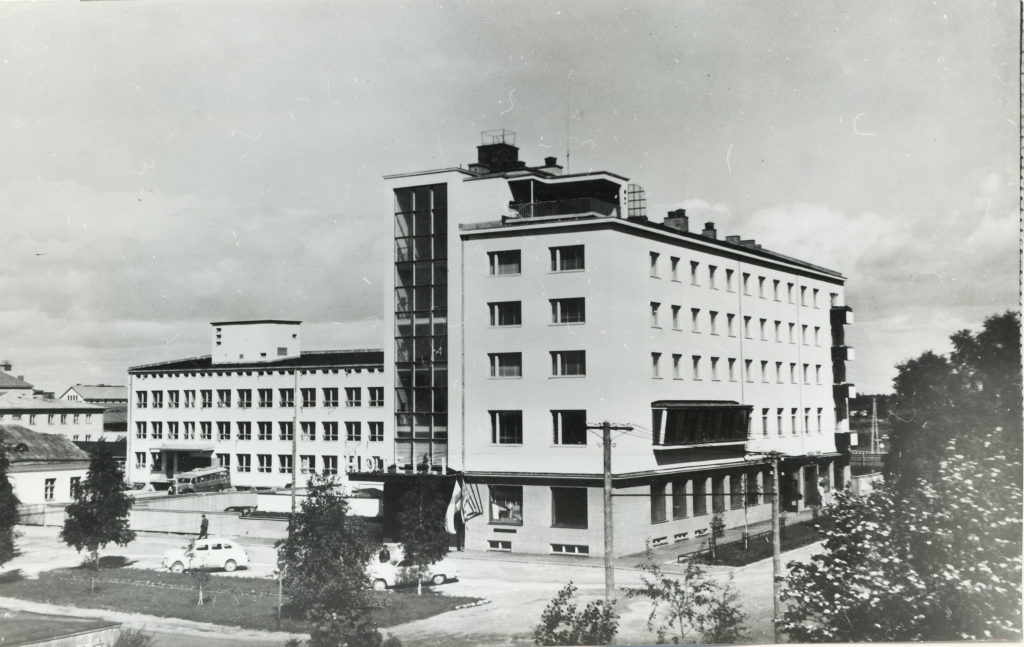
Kemi Cooperative Store
The administrative building of the Kemi cooperative store was completed in 1929, and it served as a bakery, central warehouse and office. During the 1930s, after the town hall, or reading room, had burned down on February 13, 1931, also Kemi municipal offices, the City Office, the financial office, the construction office and the bailiff’s office were housed in this building.
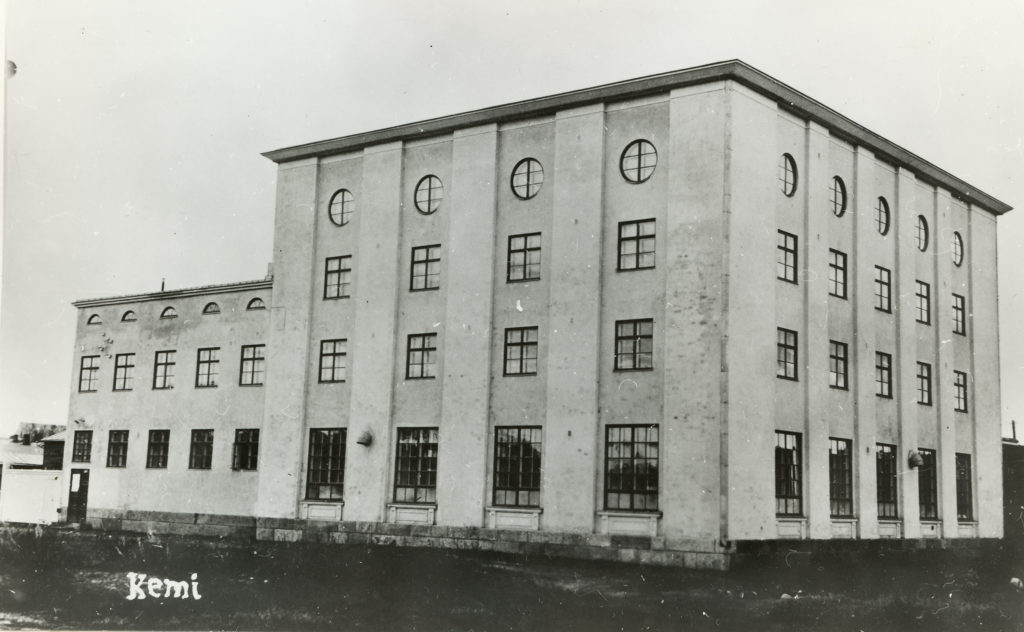
Penttilä House
Penttilä House, built in 1874 and located on the corner of Sauvosaarenkatu and Urheilukatu, is the oldest building in the centre of Kemi. It was commissioned by retailer Niilo Penttilä as a residential and commercial building for himself. It is possible that there was another smaller building section on the yard side. The main building was built using, for example, logs from the old church in Kuivaniemi. The trader Penttilä ended up going bankrupt, and in 1880 the property was bought at a compulsory auction by the company Hunterman & Brattstöm. In 1885 the building became public property. The Penttilä house has served as a school, an auxiliary school, a disco for young people called Huvikumpu, and a youth centre. It was renovated in 1985.
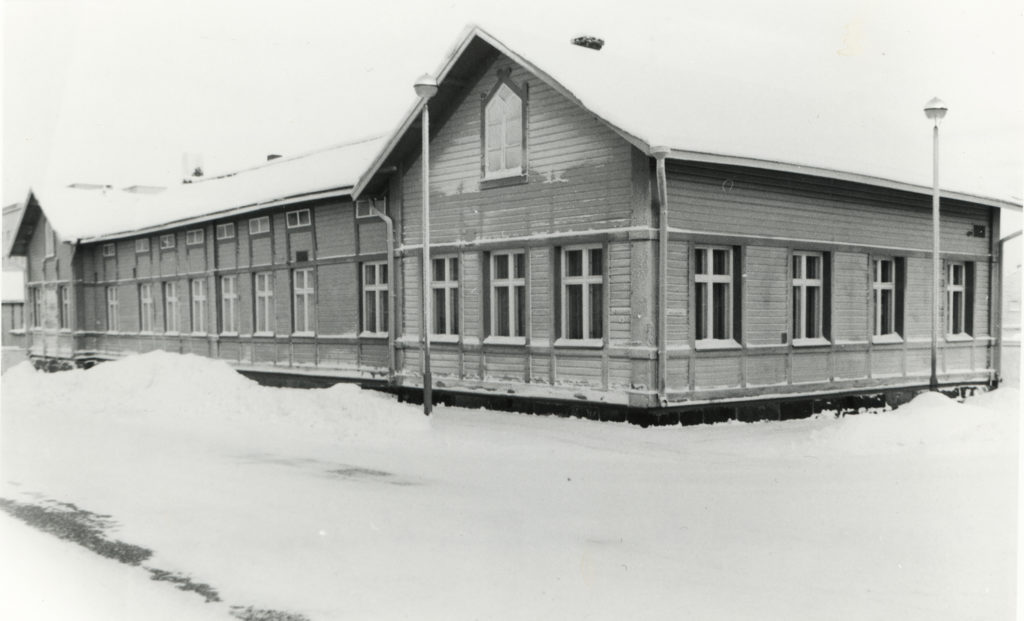
Park Pavilion
The Park Pavilion in Meripuisto Park was built in 1893. Originally it served as a club and restaurant, but after being renovated in 1905, it became a government building. The city council and municipal offices were based there until 1931. The Park Pavilion later served as chamber of commerce and town hall until 1986, after which it housed municipal offices. The building used to have an observation deck, but it was dismantled in the 1930s.
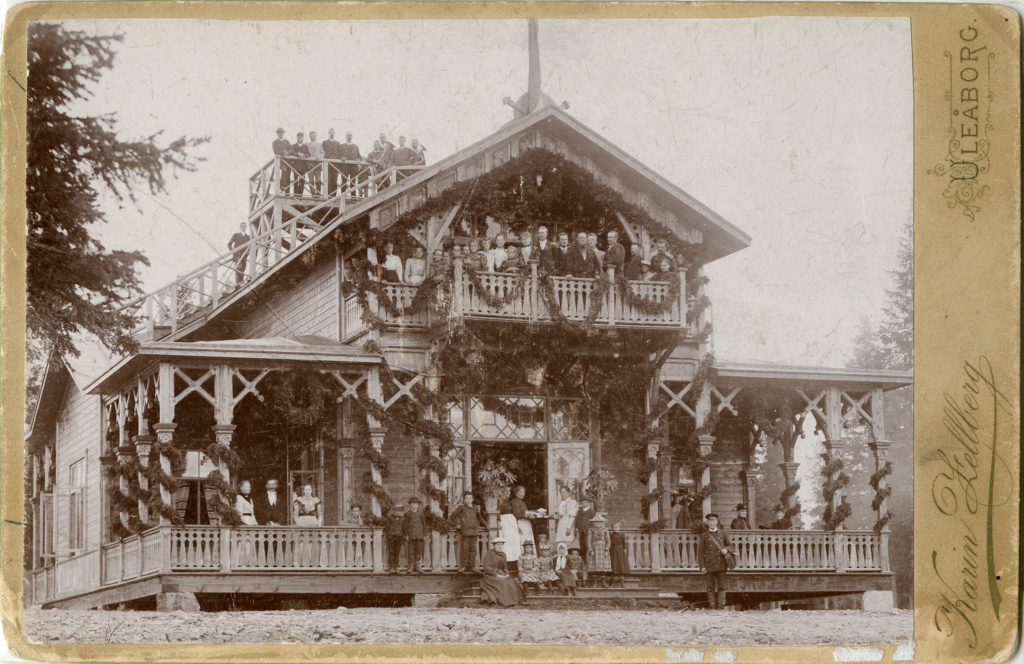
Railway Station
The train line from Oulu to Kemi was completed in early June, 1902. The station building was designed according to construction plans drawn up by Bruno Granholm, official architect of the Board Civil Engineering. It was completed in 1903.
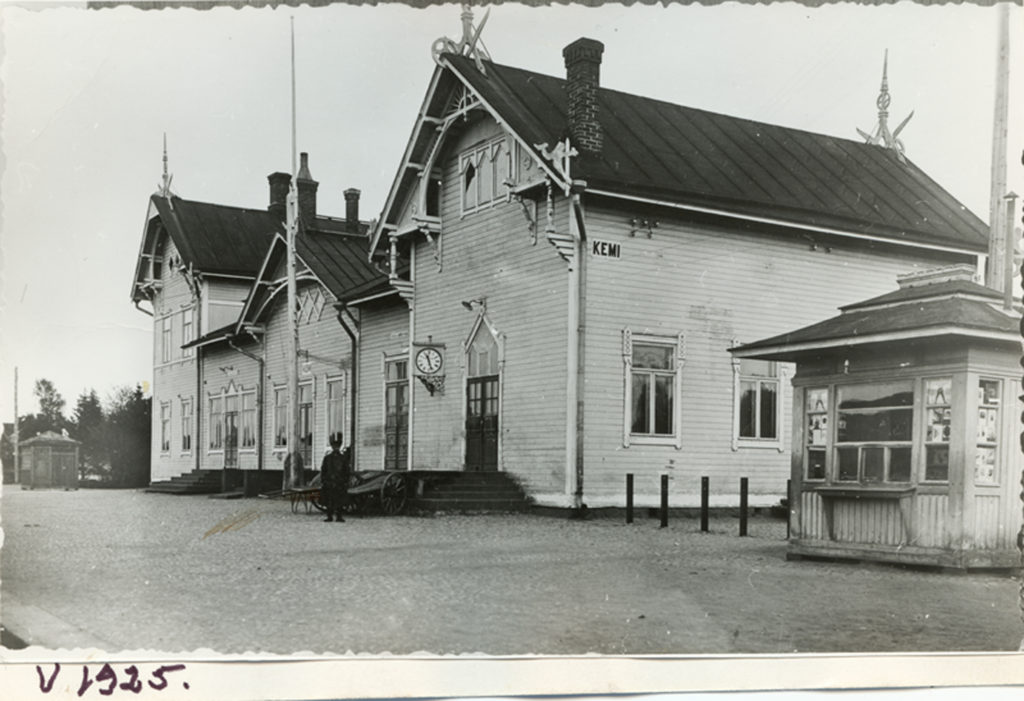
Hospital
The five-storey functionalist-style hospital building was designed by architect Uno Ullberg. It had five wards with a total of 90 beds. The hospital began receiving patients on January 20, 1941. It functioned as a military hospital from 1941 to 1944. In 1971, an extra inpatient ward wing was attached to the oldest part of the hospital. The new wing was designed by Eeva and Jaakko Paatela. The extension was attached to the old part and it imitated the style of the first part designed by Ullberg. In 1973, a two-storey flat-roofed prefabricated building was built next to the market square, which was also designed by Eeva and Jaakko Paatela. The most recent extension dates from 1987, when a two-storey maternity and ophthalmology department was attached to the old part. This extension was also designed by the Paatelas.
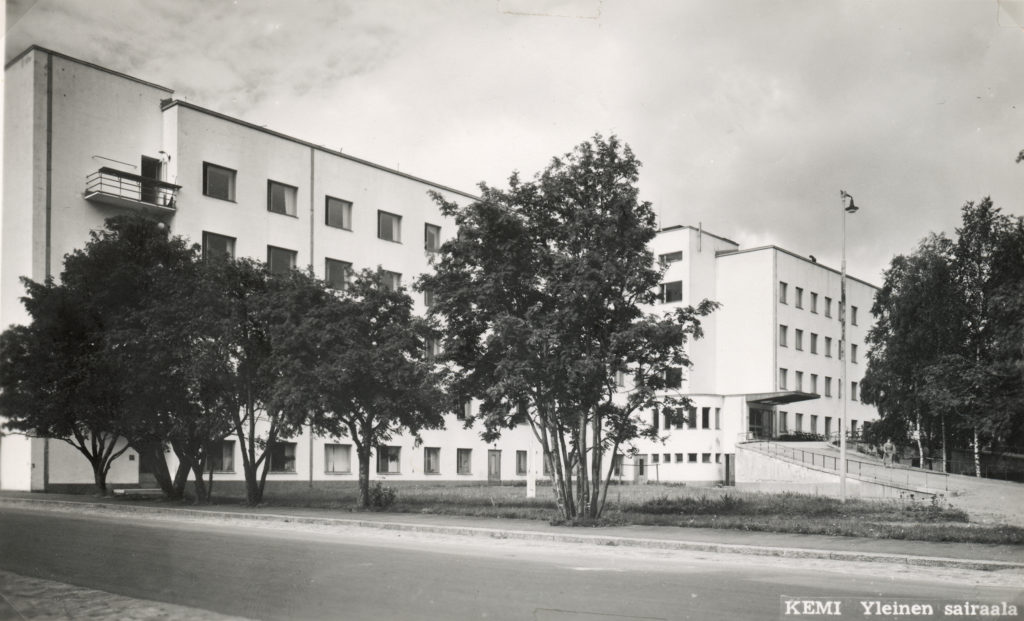
Customs Office
Customs operations began in Kemi immediately after the city was founded in 1872, and the first customs buildings were built in the place of the current central hospital. Kemi’s customs warehouse was completed in the autumn of 1912. Due to local staple rights, the town also had to establish a ‘customs chamber with its own warehouse, a weighing room, closed and storage warehouses’. Thus, already at that time, the council was building infrastructure from which the current operating environment of the ports later developed. The Customs Office was designed by Walter Thomén.
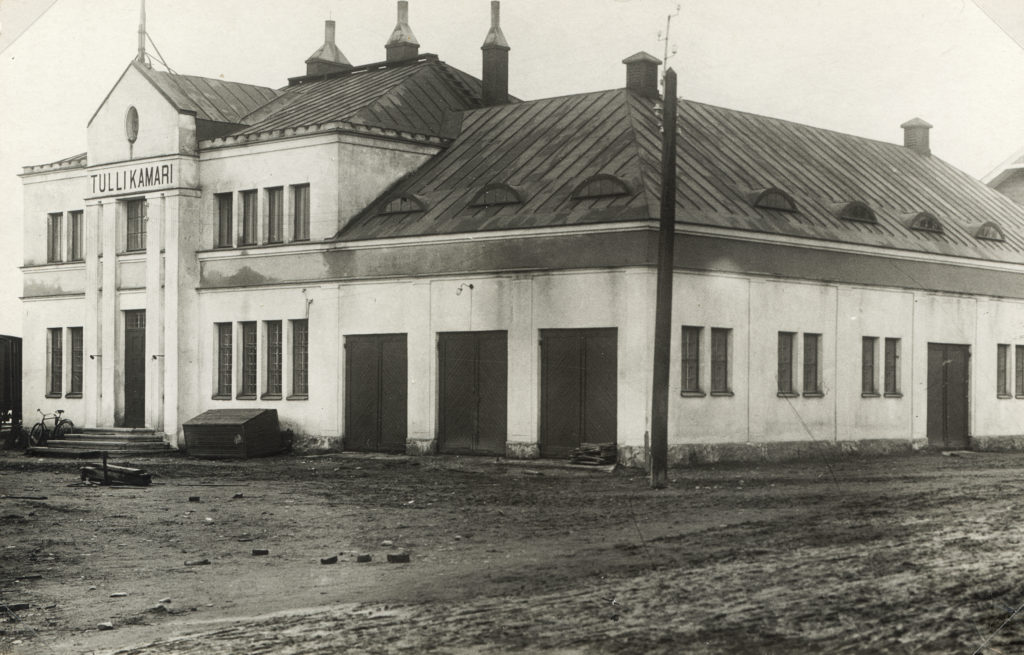
Kemi Girls’ Lyceum
Kemi Girls’ Lyceum was founded in 1940, when the girls’ school of the city of Sortavala, which had been lost to the Soviet Union during the Winter War, was transferred to Kemi. The name of the new school was changed from Sortavala Girls’ School to Kemi Girls’ Lyceum and at the same time Kemi’s Finnish co-ed school was renamed Kemi Lyceum. In 1950, Kemi Lyceum became a boys’ school. In 1953, a new girls’ school was built in the block next to the original girls’ lyceum. The girls’ lyceum ceased to exist in 1972, the same year that Lapland was incorporated into the comprehensive school system. Kemi Lyceum was transformed into a co-educational school, and its new name became Kemi Lukio (‘sixth form’).
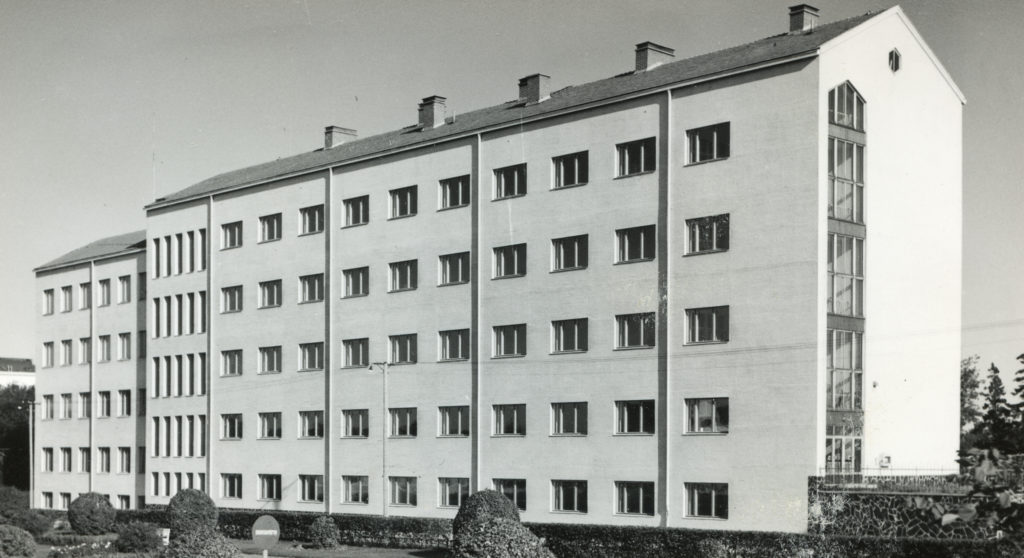
Community Hall
The first community hall of Kemi Workers’ Association was located at the corner of Etelärantakatu and Keskuspuistokatu. It burnt down in 1954. The building of a new community hall began almost immediately. The new community hall, designed by Onni Ermala and located at Valtakatu, opposite the town hall, was completed in 1955. It was built mainly through collective effort.
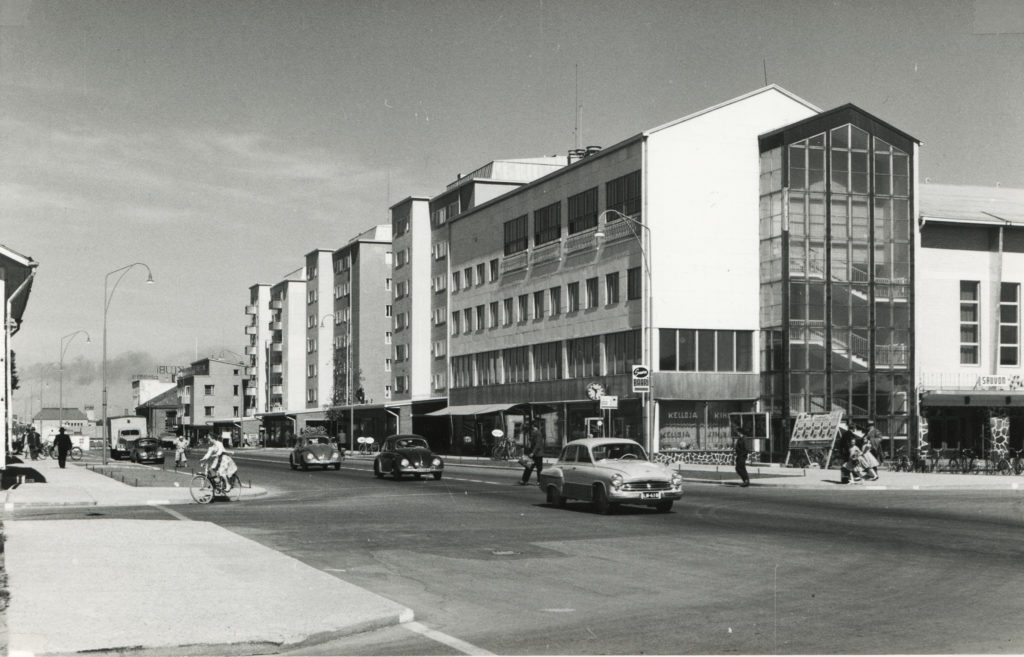
Nordic Union Bank of Kemi
This building was completed in 1928 and it was originally meant to house the Kemi branch of the Nordic Union Bank, as well as to serve as Kemi’s telegraph and post office building. It was designed by the Finnish architect Carl Birger Federley (1874–1935). The building has been made using vertical logs, which have been plastered and painted, and it represents the classicist style. The post office and telegraph operated in the building until 1949, and the bank until 1954. The building also housed Lauri Jonas Talvia’s pharmacy between 1949 and 1955. Later, between 1954 and 1990, it was used as the town library. Kemi Historical Museum opened in the building in 1993, and continued operating there until the end of April 2012.
